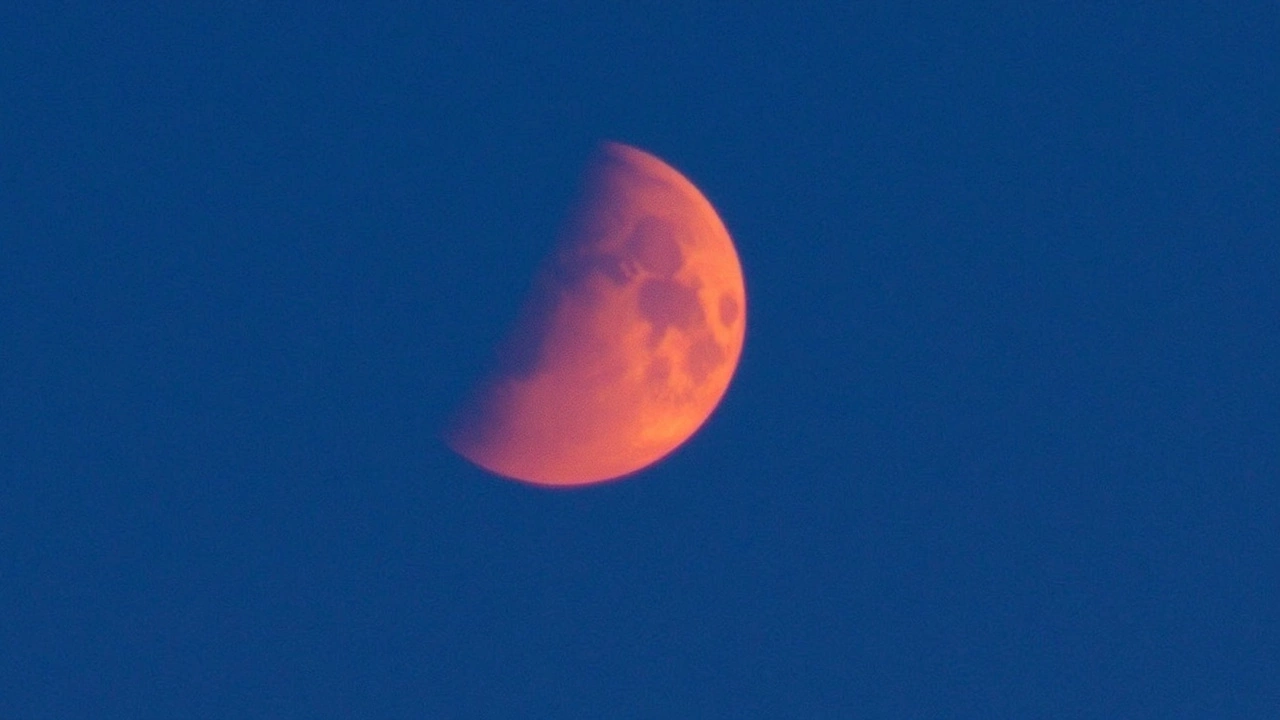Science and Technology – Your Hub for F1 and Cosmic Wonders
Welcome to the spot where high‑octane racing meets the wonders of the night sky. Whether you’re tracking the newest power‑unit upgrades from your favourite team or planning a night out to watch a rare lunar eclipse, we’ve got the facts you need, without the fluff.
Why the Blood Worm Moon matters
In March 2025 the Western Hemisphere will see a Blood Worm Moon lunar eclipse. It’s called a “Blood” Moon because the Earth’s shadow gives the Moon a reddish tint, and “Worm” comes from the traditional name for the March full moon. This isn’t just a pretty picture – it lines up between Leo and Virgo, so astrologers will have a lot to say, but the real draw is the science.
During totality the Moon will be completely inside Earth’s umbra, creating a deep red glow that lasts a few minutes. You don’t need a telescope to see it, but a dark, light‑pollution‑free sky will give you the best view. If you’re stuck in a city, many streaming services will broadcast the eclipse live, so you can still feel the excitement.
What’s cool for tech fans is how the event is measured. NASA’s LRO satellite will be tracking lunar surface temperature changes in real time, and scientists will use the data to refine models of how Earth’s atmosphere filters sunlight. That data eventually helps improve satellite communication – the same kind of tech that keeps F1 teams connected with their cars on the track.
Tech trends shaking up F1
Formula 1 is a laboratory on wheels. This season we’re seeing bigger steps in hybrid power units, smarter data analytics, and even early experiments with sustainable fuels. Teams are using AI to crunch telemetry faster than ever, turning thousands of data points per second into actionable strategy during a race.
One standout is the new energy‑recovery system that can store more kinetic energy and dump it back to the rear wheels. The result? Faster acceleration out of corners and a noticeable drop in fuel consumption. Engineers are also experimenting with carbon‑fiber‑reinforced composites that cut weight without sacrificing strength – a material originally developed for aerospace and now finding its way into the chassis.
Fans benefit from these advances too. Enhanced VR experiences let you feel like you’re in the pit lane, while live‑timing apps give you near‑real‑time updates on lap times, tyre wear, and even driver heart‑rate data where teams choose to share it. The blend of racing excitement and cutting‑edge tech makes each Grand Prix feel like a science fair on steroids.
So whether you’re setting your alarm for the Blood Worm Moon eclipse or tuning in to the next race, you’re getting a front‑row seat to the future of science and technology. Keep checking this page for fresh posts, quick how‑tos, and the latest buzz that links the cosmos to the circuits.
Got a question about the eclipse or a new F1 gadget? Drop a comment and we’ll tackle it together. The world of science moves fast, but we’ll break it down so you never miss a beat.

Experience the Blood Worm Moon Lunar Eclipse of 2025
In March 2025, the Western Hemisphere will witness the captivating Blood Worm Moon lunar eclipse. This extraordinary event promises a stunning reddish Moon during totality, alongside cultural and astrological importance as it occurs between the Leo and Virgo constellations. While visible without tools, optimal viewing demands dark, pollution-free skies, with streaming options for remote enthusiasts.
View more